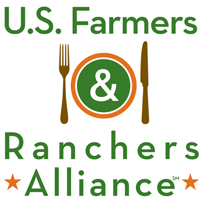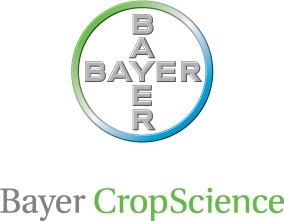 Advancing Eco Agriculture (AEA) is a plant nutrition consulting company that works with fruit and vegetable growers from across the country. They have become known for helping farmers grow crops that are completely resistant to diseases and insects using nutrition and enhancing plant immunity through nutritional balance. During Crop Health Laboratories’ Power Growers Seminar I spoke with founder and CEO of AEA, John Kempf, he shared more about the new plant sap analysis technology that is sweeping the U.S. and Canada.
Advancing Eco Agriculture (AEA) is a plant nutrition consulting company that works with fruit and vegetable growers from across the country. They have become known for helping farmers grow crops that are completely resistant to diseases and insects using nutrition and enhancing plant immunity through nutritional balance. During Crop Health Laboratories’ Power Growers Seminar I spoke with founder and CEO of AEA, John Kempf, he shared more about the new plant sap analysis technology that is sweeping the U.S. and Canada.
“Plant sap analysis is so sensitive and accurate that it can detect nutritional imbalances as much as four to six weeks earlier then typical tissue analysis. By understanding the connections between mineral nutrition and specific disease and insect challenges through sap analysis we have been able to develop nutritional models to very accurately identify and predict disease and insect susceptibility before it ever shows up.”
John said that as soon as growers start using sap analysis the value of it becomes immediately apparent. The information is actually usable because the information from the test correlates perfectly with what is seen in the field.
Listen to my interview with John here: [wpaudio url=”http://www.zimmcomm.biz/chl/chl-14-kempf.mp3″ text=”Interview with John Kempf”]
Find photos from the event here: 2014 Crop Health Labs Power Growers Seminar Photo Album











